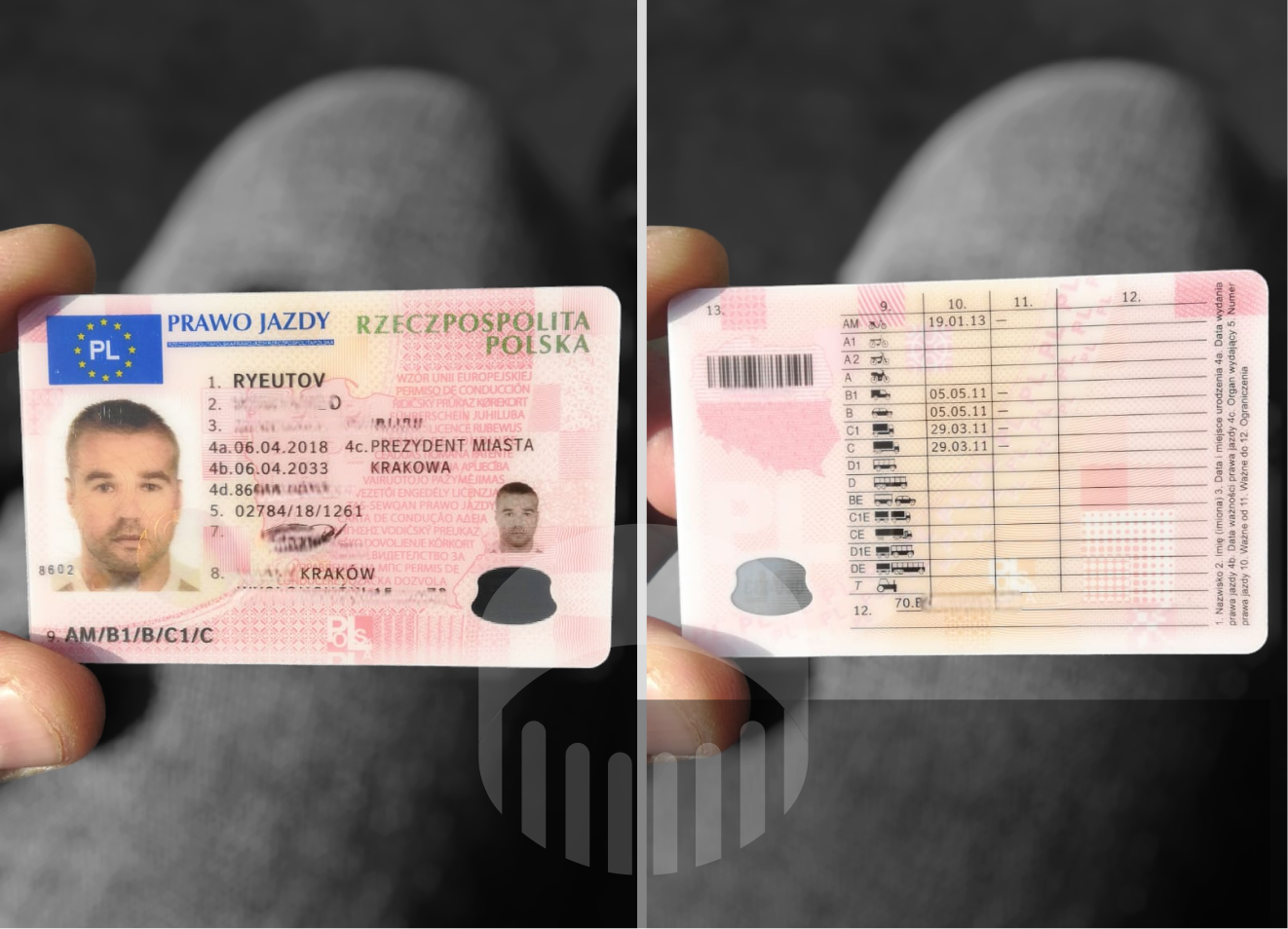Understanding the Driving License Exam: A Comprehensive Guide
The driving license examination is a vital stepping stone for those wanting to protect their independence, assist in travel, and take part in different aspects of contemporary life. It not only functions as a legal requirement but likewise makes sure that individuals are equipped with the necessary skills to run a lorry safely. This post dives into the structure, requirements, preparation techniques, and typical FAQs relating to the driving license exam, providing an extensive understanding of what aiming drivers can expect.
Structure of the Driving License Exam
The driving license examination generally consists of 2 main components: the composed test and the practical driving test.
1. Composed Test
The composed element examines a prospect's understanding of road guidelines, traffic signs, and safe driving practices. It typically includes multiple-choice questions and true/false questions, covering topics such as:
- Road indications and their meanings
- Traffic laws and guidelines
- Safe driving strategies
- Procedures for handling emergencies
- Rights and duties of drivers
Prospects are normally needed to study the local driver's handbook, which details the appropriate laws and guidelines for safe driving.
2. Practical Driving Test
Following an effective composed examination, candidates need to finish a useful driving test. pop over here -on evaluation determines a prospect's ability to run a lorry and comply with traffic guidelines in real-world conditions. Key elements of the dry run consist of:
- Vehicle control and handling
- Obeying traffic signals and indications
- Navigating crossways and turns
- Correct use of mirrors and signal lights
- Parking techniques (parallel, perpendicular, and so on)
- Responding to pedestrian and cyclist existence
Both elements are essential for obtaining a driving license, and appropriate preparation is essential for success.
Requirements to Take the Driving License Exam
Requirements for taking the driving license exam differ by jurisdiction, but there prevail prerequisites that the majority of candidates should meet:
- Age Requirement: Most jurisdictions require candidates to be a minimum of 16 years old, although some might enable earlier testing with adult approval.
- Learner's Permit: Many regions need candidates to acquire a student's permit before taking the driving exam. This permit enables people to practice driving under adult guidance.
- Paperwork: Candidates need to provide valid identification, evidence of residency, and, sometimes, paperwork of finished chauffeur education courses.
- Practice Hours: Some jurisdictions mandate a minimum number of practice hours behind the wheel before being eligible for the driving test.
Getting ready for the Driving License Exam
Preparation is essential to passing the driving license exam. Here are several techniques prospects can utilize:
1. Research study the Driver's Manual
- Comprehensive Review: Candidates must study their local driver's handbook diligently since it consists of important information required for the written exam.
- Practice Tests: Numerous online resources use practice tests that simulate the composed examination format. Completing these can assist improve self-confidence and knowledge retention.
2. Practice Driving Skills
- On-the-Road Practice: Driving under the supervision of an experienced licensed motorist is vital. Prospects should practice different driving maneuvers, consisting of parking, lane modifications, and emergency stops.
- Mock Driving Tests: Conducting mock driving tests can be advantageous. Relative or friends can examine the prospect's performance and supply feedback.
3. Take a Driver Education Course
- Professional Instruction: Many prospects choose to enroll in chauffeur education courses led by licensed instructors. These courses supply important insights into traffic laws and safe driving practices, and frequently include both class and behind-the-wheel training.
- Understanding Vehicle Mechanics: Familiarization with car controls, upkeep, and security features can enhance confidence throughout the useful test.
Common FAQs about the Driving License Exam
Q: What should I cause the day of the examination?
A: Candidates must bring legitimate identification, their student's permit, any needed paperwork (like proof of residency), and an appropriately preserved lorry that satisfies all security requirements.
Q: How do I know if I passed my driving test?
A: After completing the useful driving test, the inspector will generally supply immediate feedback. If you pass, you will receive info on how to get your motorist's license. If you fail, the inspector will offer insights on areas needing enhancement and how to retest.
Q: How frequently can I retake the driving test if I stop working?
A: The retake policy differs by area. Some areas might allow candidates to retake the examination as quickly as the following day, while others may enforce a waiting duration of numerous weeks. It is important to talk to the local Department of Motor Vehicles (DMV) or comparable authority for specific policies.
Q: Can I take the driving test in a various lorry than the one utilized for practice?
A: Yes, candidates can take the test in a various lorry; however, the automobile should meet safety and operational requirements. It is advisable to familiarize oneself with the different controls of the new vehicle prior to the exam.
Q: Are there accommodations for individuals with impairments throughout the driving exam?
A: Most jurisdictions offer lodgings for individuals with impairments. It is recommended to contact the local DMV or equivalent authority ahead of time to talk about specific requirements and readily available accommodations.
The driving license test is a turning point for lots of hopeful drivers. With its 2 primary parts-- the written test and useful driving assessment-- it assesses both theoretical understanding and used driving skills. Understanding the structure, requirements, and preparation techniques can help prospects approach the test with self-confidence. By sticking to standards and practicing vigilantly, individuals can shift efficiently from learners to licensed motorists, delighting in the freedom that comes with driving.

